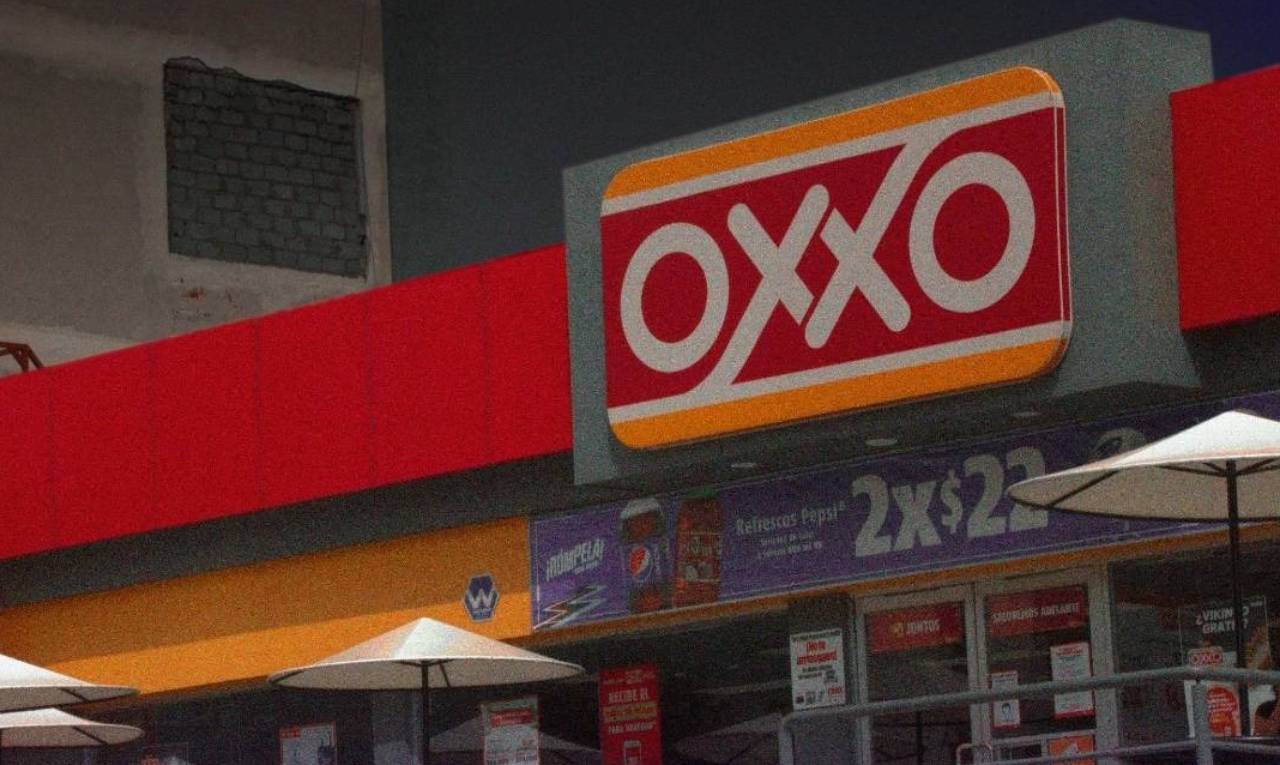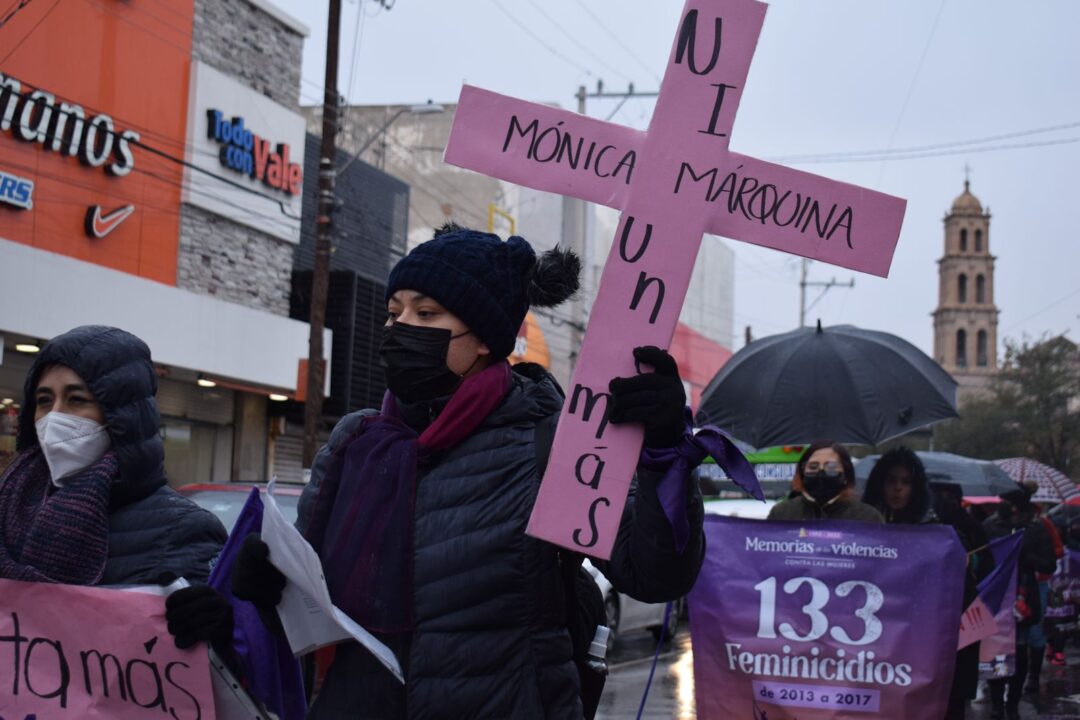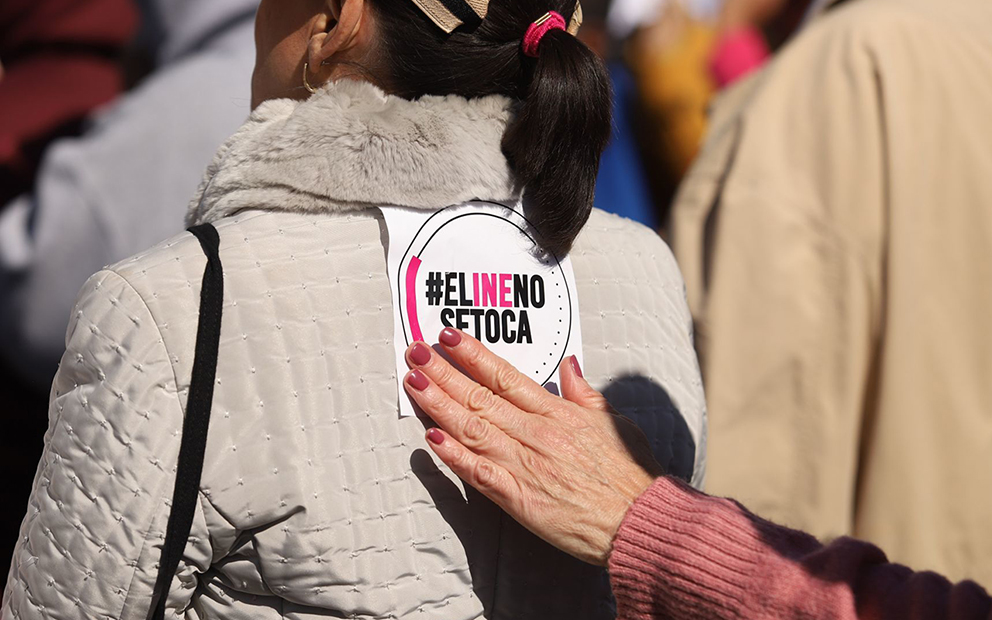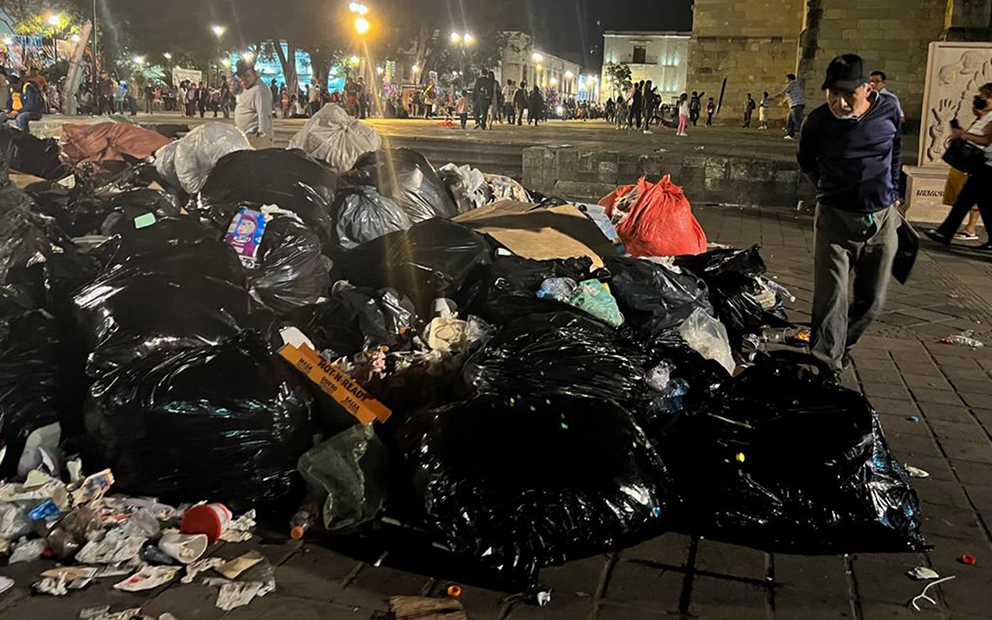Shop owners say they make very little on each bottle of Coca Cola they sell, and even less after they’ve paid for electricity.
Text by Orlando Humérez and Kennia Velázquez, originally published by POPLab on October 29, 2021.
Photos by Emilio Jiménez.
Translation by Dawn Marie Paley for Pie de Página in English.
It’s 6:50 in the morning. Martha is pulling together the last details before she opens up her store, which serves the workers at the factory right out front. All day, she’ll welcome clients and suppliers, until 7pm, when she closes due to the crime in the neighborhood.
According to ISCAM, a firm specializing in market analysis, since the pandemic started, 56 percent of Mexicans think their neighborhood shops are the most reliable places to shop. The National Association of Wholesale Grocery Suppliers (ANAM) reports that these stores experienced an 8.7 percent increase in sales in 2020.
But that wasn’t the case for doña Martha. “The pandemic destroyed my savings, the factory was closed and since the workers there were my main clients, hardly anyone came. Fortunately it reopened and we’re slowly recovering. My daughter told me I should close the shop, because it takes a lot out of me, but it’s my life, I need to do something productive,” said the 60-year-old woman.
In the second half of 2020, Coca Cola and its bottlers began a campaign to help small shops. You could see supportive slogans on their trucks, and they announced a program to help affected store owners get through the crisis.
The Mexican Coca Cola Industry, through the Coca Cola Foundation, developed a program to empower women owners of small groceries, in which they offered training to help their success in business. And although Coca Cola announced 5,000 economic assistance packages, these were in fact lines of credit opened jointly with Pro Mujer, a financial group that provides microcredits, women have to put up a property or a vehicle as collateral. This option was only offered in the states of Hidalgo, México State, Puebla, Querétaro, Tlaxcala, Oaxaca, Veracruz and México City.
According to the soft drink company, more than 190,000 lines of credit were opened for corner stores, 500,000 sanitization kits were donated, and 180,000 women owners were trained. In their financial report for 2020, the Coca Cola foundation reported earnings of $34,426,000,000 pesos (over US$1.6 billion).
For Estela, credit from Coca Cola isn’t a good option. “I’ve got a credit line with Coca Cola, if you are behind one day on paying, no matter how much it is, they won’t bring more product to sell, so it isn’t very helpful.”
Last December, a campaign called “My shop is safe” was started, with the goal of building trust between corner store owners and their clients, and avoiding shutdowns. The project consisted of ensuring shop owners had plastic barriers and face shields. “They gave me a bit of plastic with their logo on it so that spit wouldn’t hit me, but it would have been better if they would have given me a discount for buying cokes,” said Maria, who was visibly upset.
Low rates
It’s no secret that the most sold product at corner stores is Coca Cola. It’s a hook, not selling it could mean losing clients.
Esteban the Tapatío, a shopkeeper who is also a YouTuber, showed how little is earned in Coca Cola: depending on the size of the portion, he earns between 75 centavos (US 3¢) and Mexican $2.50 (US 12¢) per bottle.
“The profit on Coke products is very low and the fridges need a ton of electricity, which means you don’t earn much. The other day I told the guy from Coke that the fridge was eating up electricity and that I was barely making a profit. He did the math for me, and he said that from what I ordered I earned $1,600 pesos (US $80) in two months; 60 percent of my sales are Coke products,” said Estela.
“They don’t give bonuses anymore for having the Coca Cola fridge close to the entryway of the shop, or give us products if we buy a certain amount of Coke, they don’t give us anything. They used to give us free products so that we wouldn’t sell Red Cola, but they say because of the pandemic they won’t anymore,” said Clemente, who owns a local grocery shop.
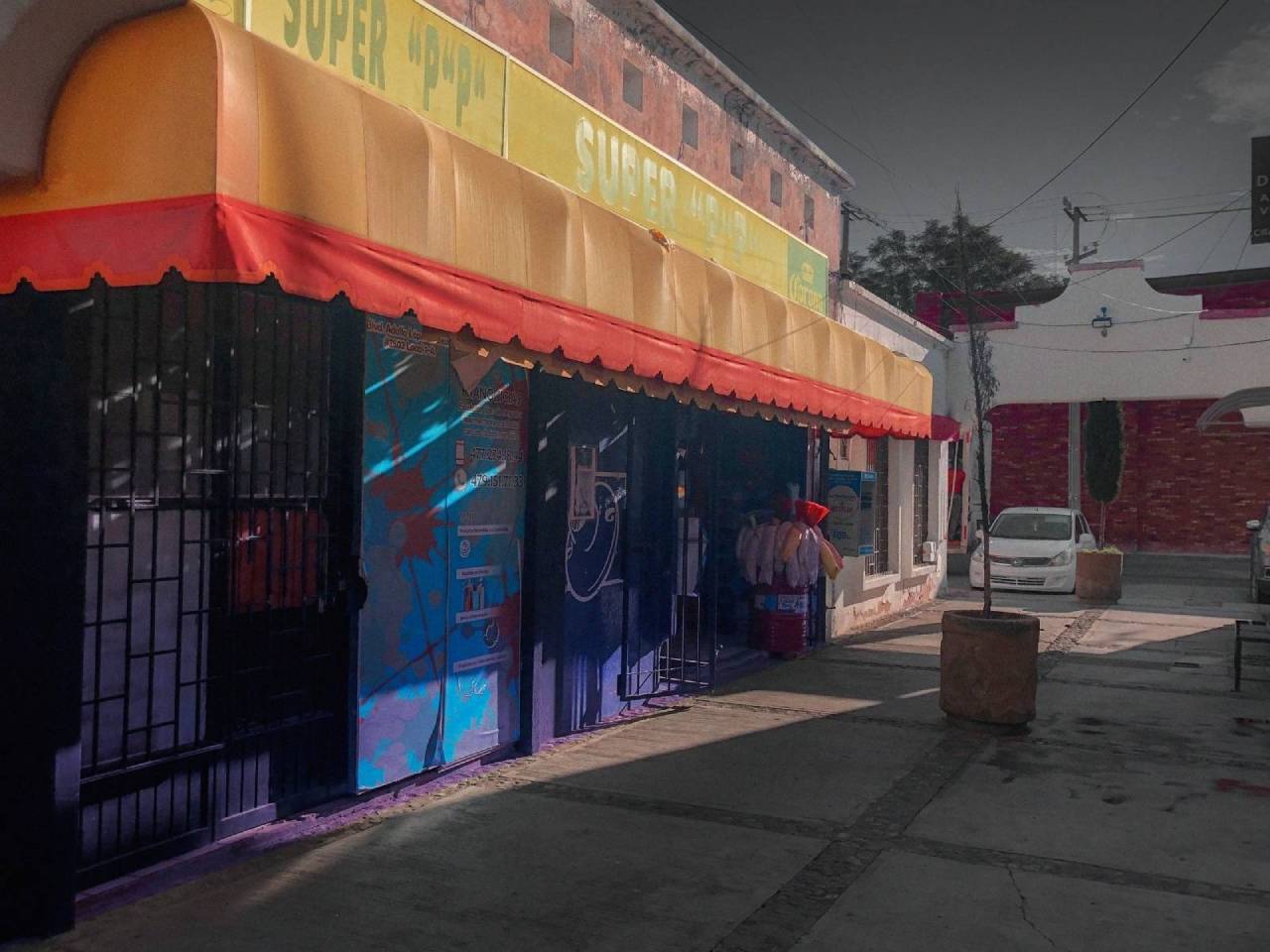
Oxxo: the rival
“My business hasn’t been affected by the pandemic, people do prefer to buy their groceries with me than go to the supermarket, but what does impact me are the Oxxos nearby,” said don Armando.
Femsa, the largest bottler of Coca Cola, has opened around 20,000 Oxxos. Most of them are in Mexico, but the chain has expanded to Central and South America as well. Before the pandemic, it was estimated that every day, three Oxxos opened in Mexico. Even with the pandemic, Oxxo closed last year with over $181 billion pesos in earnings (over US $8.7 billion).
“This affects us, sometimes people come with a credit card and I don’t have a terminal. I can’t compete because they offer deals that I can’t” says Clemente.
According to the National Banking and Securities Commission (CNBV), Oxxo is the main banking correspondent in the country, providing 43 per cent of the points of payment for 10 banks. In addition, Oxxo offers the opportunity to pick up or send remittances, and pay for services and products from Amazon. They also sell fast food, cellular phones, and many other things. For every Oxxo that opens, between five and seven corner stores close, according to estimates.
“The other small grocers don’t impact me the way the Oxxos do, I can’t compete with Oxxo’s discounts, and they accept credit cards and provide services that I can’t offer,” said Mario, who has owned his shop for over 30 years.
The National Alliance of Small Shops (ANPEC) calculated in December 2020 that approximately 300,000 small businesses would shutter.
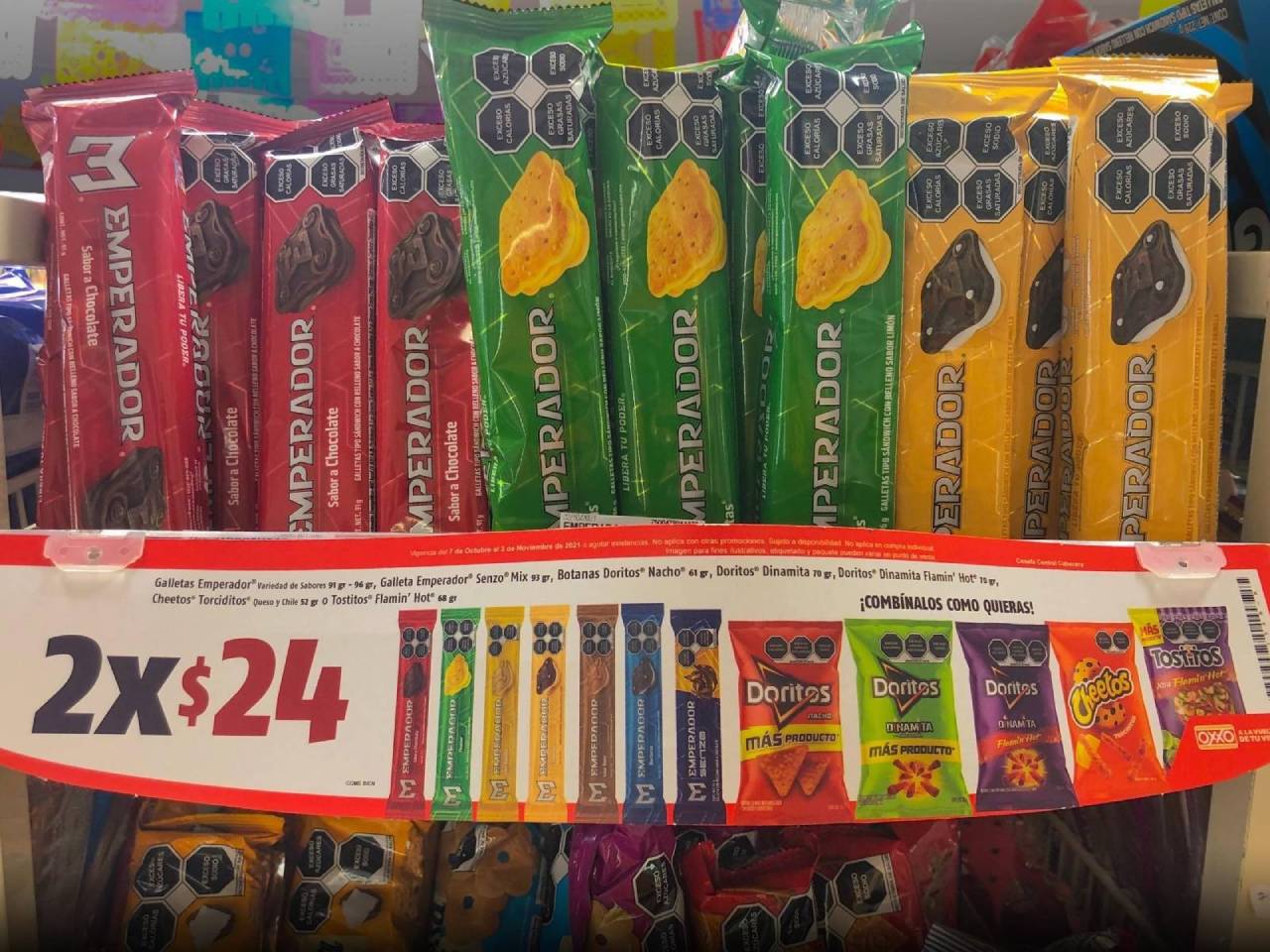
Badly paid employees
Oxxo stores generate 37 percent of Femsa’s revenues. In México alone, 245,000 people work at Oxxo, earning between $1,100 and $1,500 pesos a week (US $55-75) depending on the targets for selling merchandise or charging for services.
Mariela, like many Mexicans, was let go from her old job because of the pandemic, so she had to find another job quickly. That’s how she started working at an Oxxo in 2020. “I started working here because my father lost his job, and I had to help out with the expenses at home, and, well, because of the pandemic no one except for Oxxo was hiring,” she said.
“They’ve taken away the subsidies they were giving to pay for transportation. That affected me a lot because I would go and work at night and at that time, there’s no public transportation, but they only give the subsidy to those who start at 11 at night.”
“I don’t think my salary is fair, I have a lot of responsibility,” said Ricardo, who has worked at Oxxo for two years. Oxxos are often in the news because of theft from inside and out, there have even been hostage takings and shootouts that have involved workers, who have also been attacked with molotov cocktails.
“The pay could be higher, I earn $1,400 (US $70) a week as a base salary, but depending on what I sell it can go up, if I do really well it can go up to $2,000 (US $100), but that’s really rare,” said Mariana.
According to FUNDAR, a civil society organization, during the 2013 fiscal year, Oxxo was forgiven almost $60,849,597 (just under US $3,000,000) in taxes. Recently, Oxxo has been remarked on by Andrés Manuel López Obrador as a key beneficiary of the energy reform passed by his predecessor Enrique Peña Nieto.
According to AMLO, Oxxos don’t pay for all of the electricity they consume. The president said that the average Mexican family pays $5.2 a kilowatt hour (about US 25¢), while Oxxo pays $1.8 pesos (about US 9¢), which means small grocers are even less competitive compared to the Femsa stores. The lower price Oxxo pays is linked to the fact that they receive part of their energy from clean technology, according to the self-supply framework.
Corner shops, a factor in obesity
México is the world’s fourth largest consumer of ultra processed food. Dr. Ana Isabel Rodríguez, of the National Public Health Institute, has studied the link between chains of convenience stores, corner stores, and bad nutrition.
What she found was that where there is “a higher density of these types of shops there is less consumption of fruits and vegetables, and an increased tendency in the consumption of sugary beverages.”
She also found that the shops offered less fruits and vegetables and more canned goods, and that “this could have to do with the fact that often these shops aren’t set up to sell these kinds of foodstuffs, or that it is much more expensive to buy them. It is much cheaper to buy processed food, and people are consuming it.”
Her study was carried out in México City. Researchers divided up quadrants of 500 meters around the homes of the participants, and they counted the number of shops in each quadrant. They also did a survey with all the members of each household to learn about their diets, and compared them with the mapping of stores in the area.
“What we saw was that the more corner stores inside an area 500m from the house, the more the quality of the diet lessened,” said Rodríguez. Her work showed the importance of context in understanding nutrition. “The problem can’t be resolved by asking someone to change their diet. If you ask people to start eating fruit and vegetables and they don’t have them available nearby, or they aren’t accessible, people won’t buy them.”
For the researcher, measures like the labelling of foods and the prohibition of selling junk food to minors in Oaxaca are positive. “But we also have to look at the system of production and distribution of foods. Maybe it would be a good option to subsidize local food, so it would be more accessible to people, or to subsidize corner stores so that they could offer more fresh local products.
This report was originally published by POPLAB, which is part of the Media Alliance organized by Red de Periodistas de a Pie. You can read the original here.
Click here to sign up for Pie de Página’s bi-weekly English newsletter.
Ayúdanos a sostener un periodismo ético y responsable, que sirva para construir mejores sociedades. Patrocina una historia y forma parte de nuestra comunidad.
Dona

